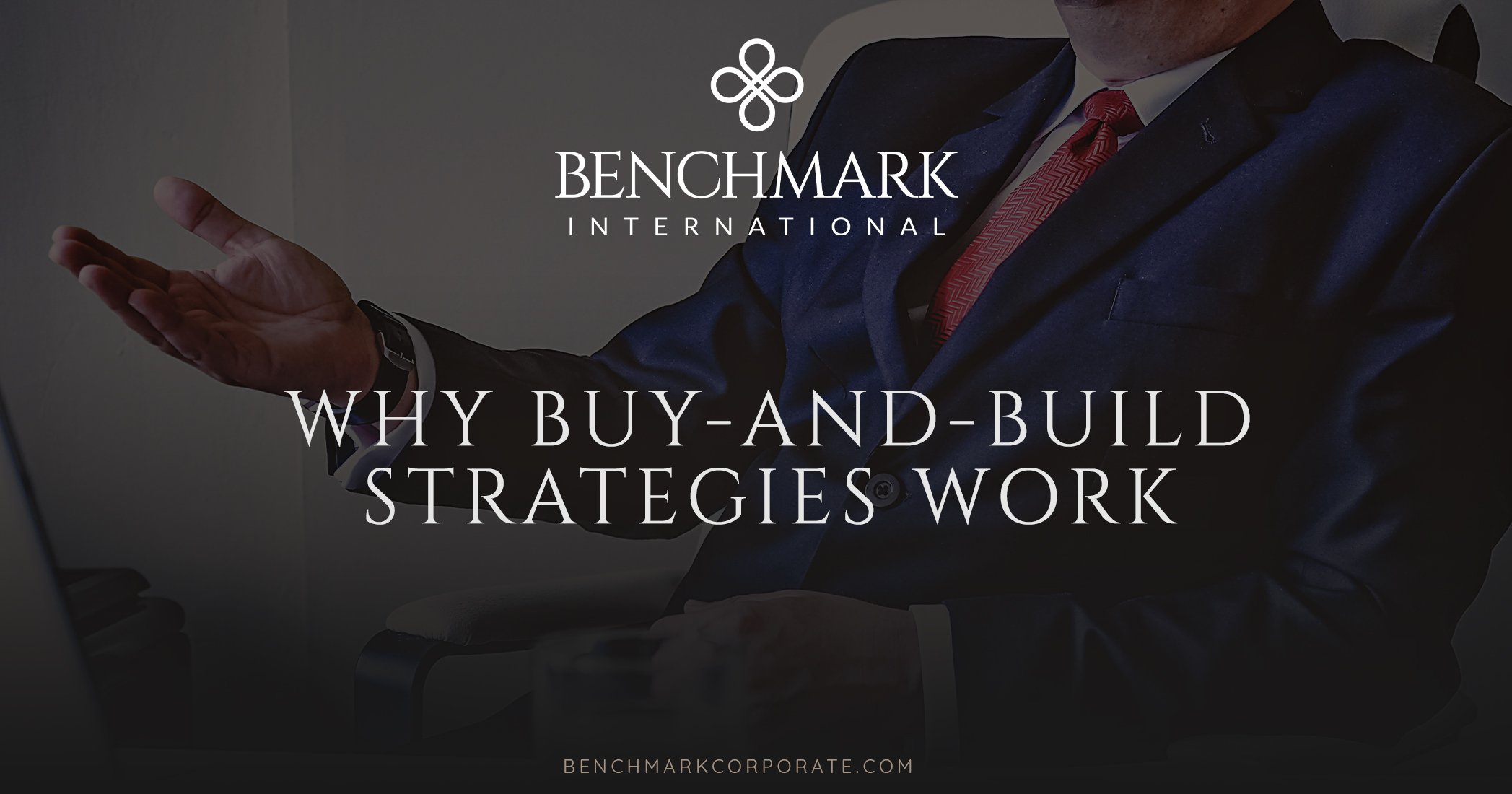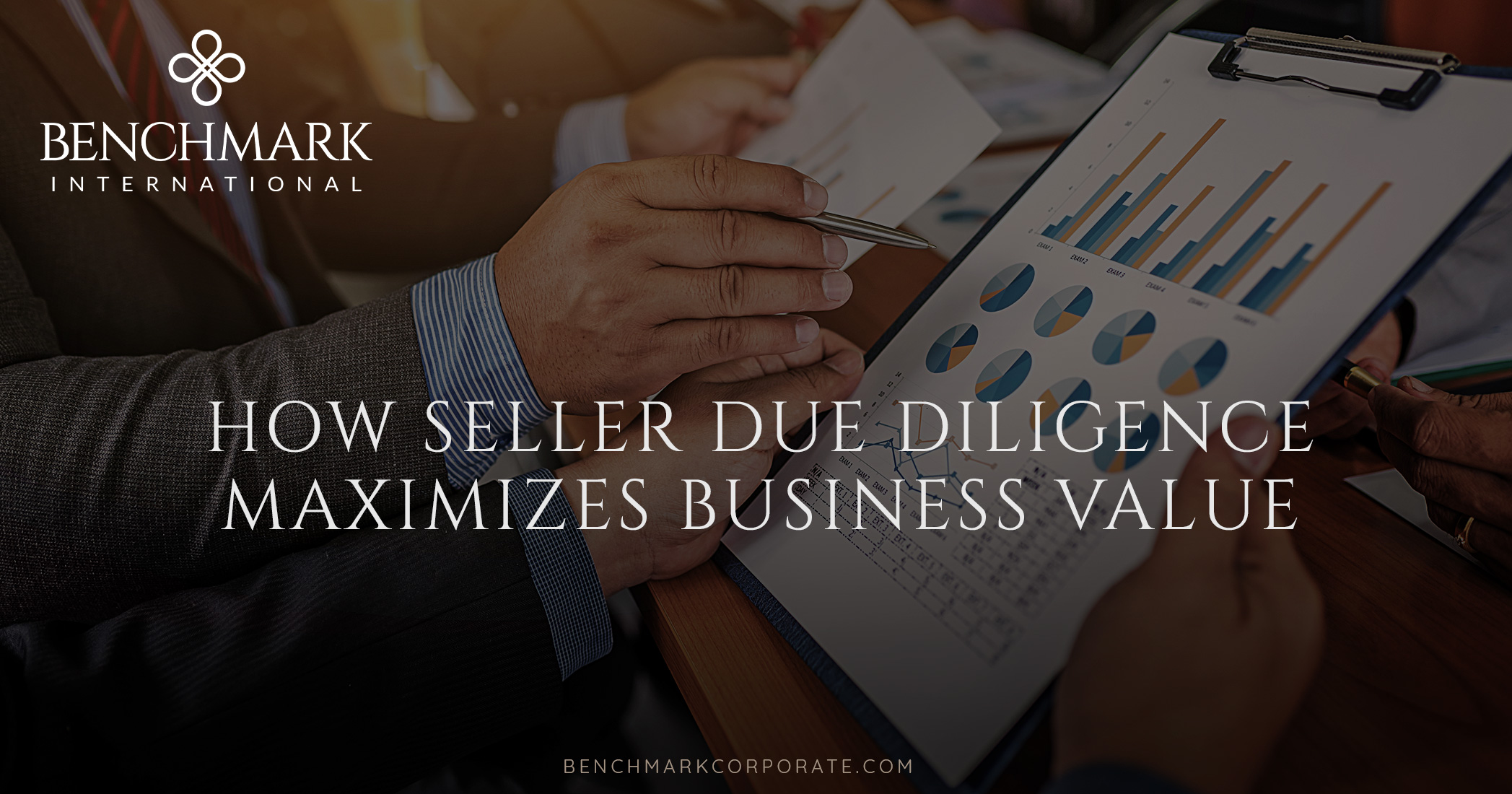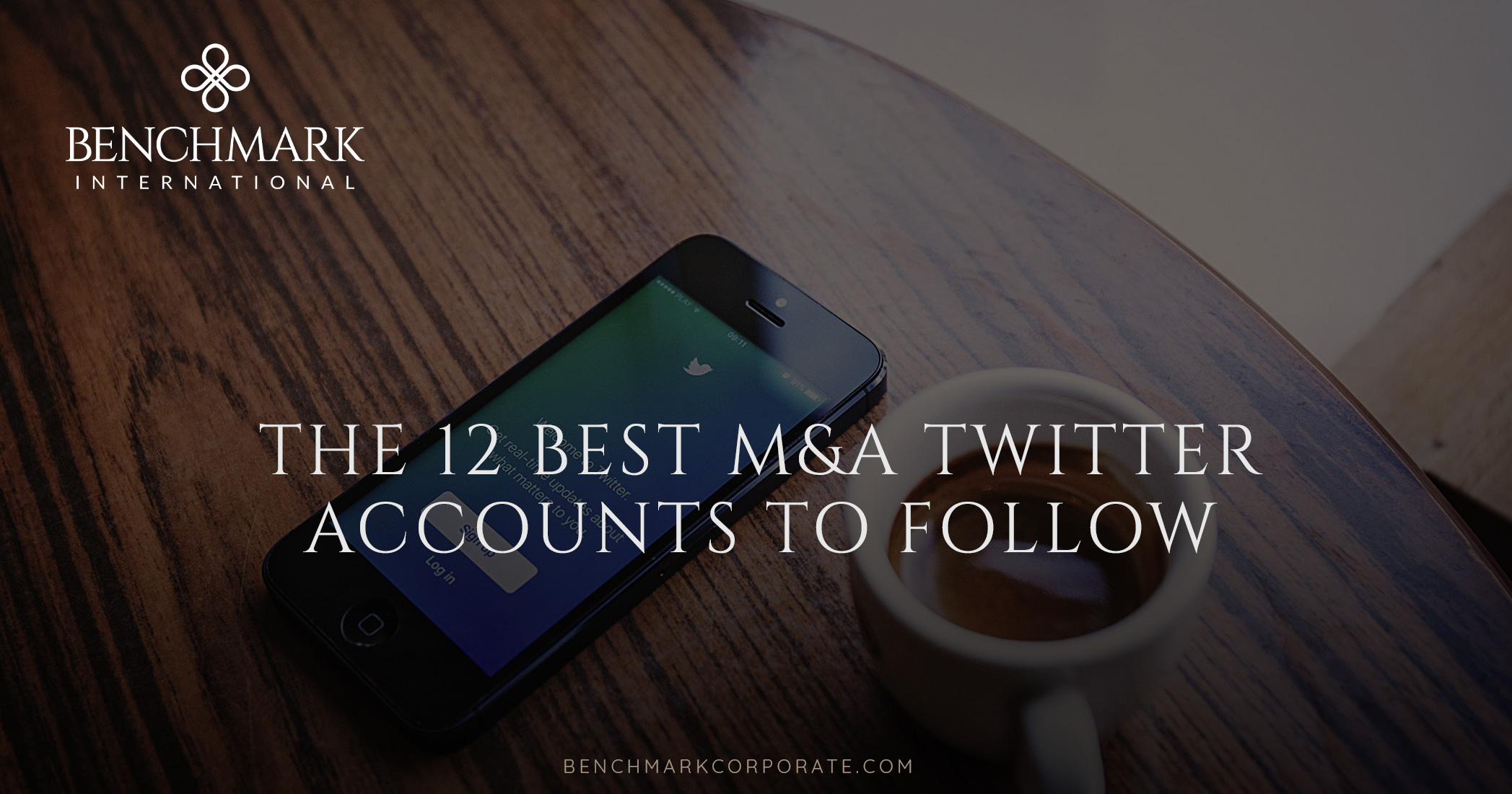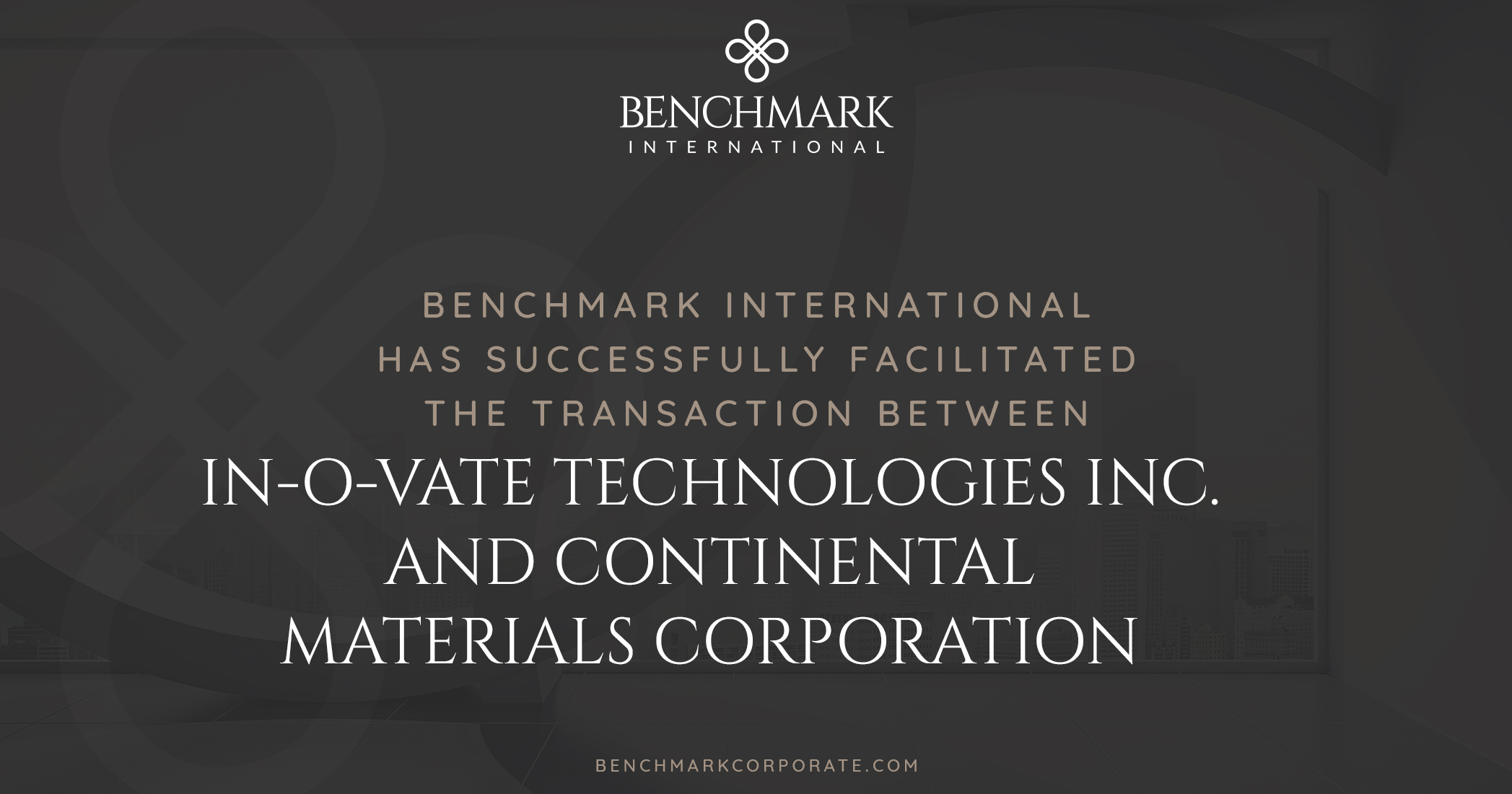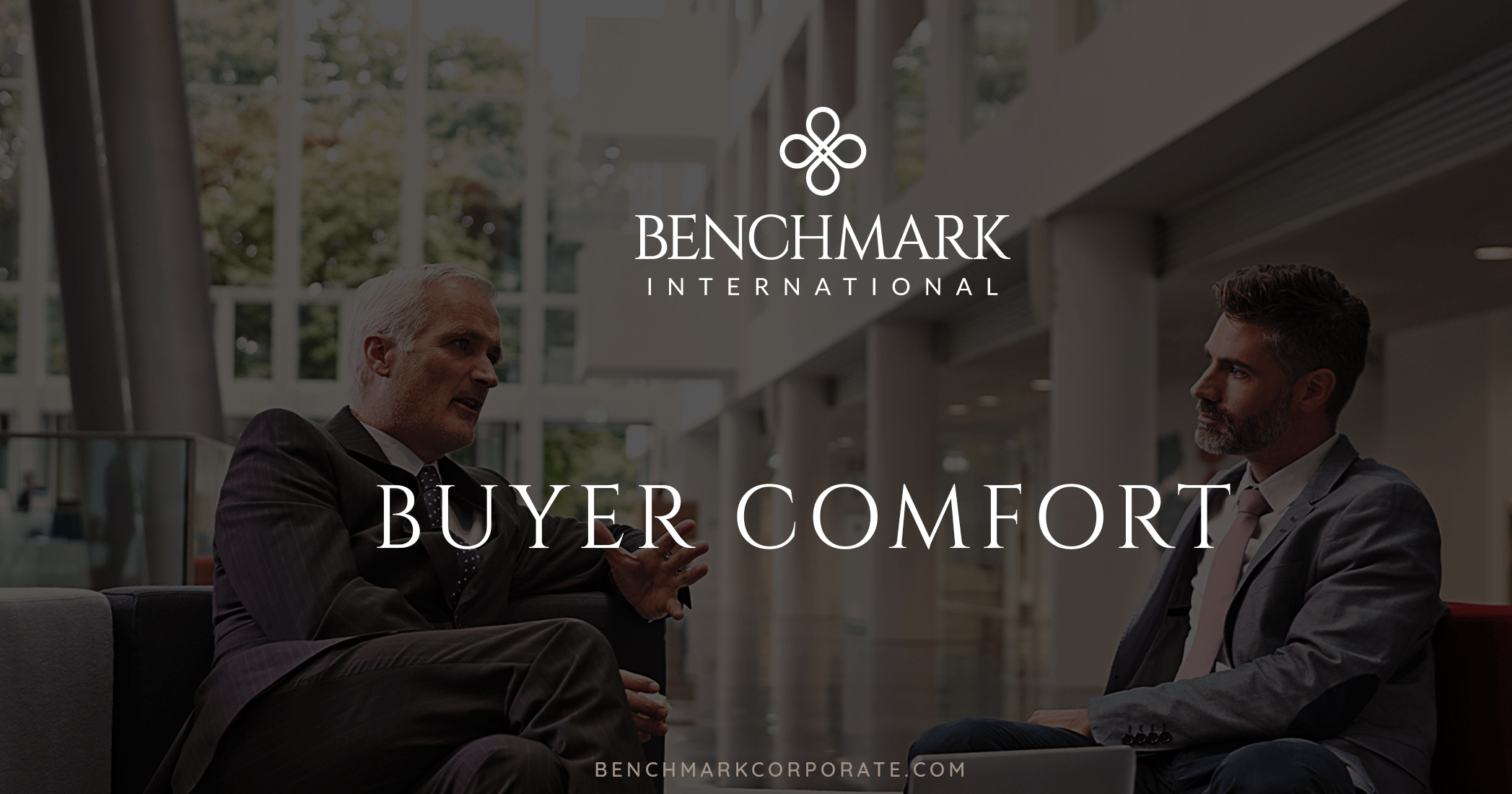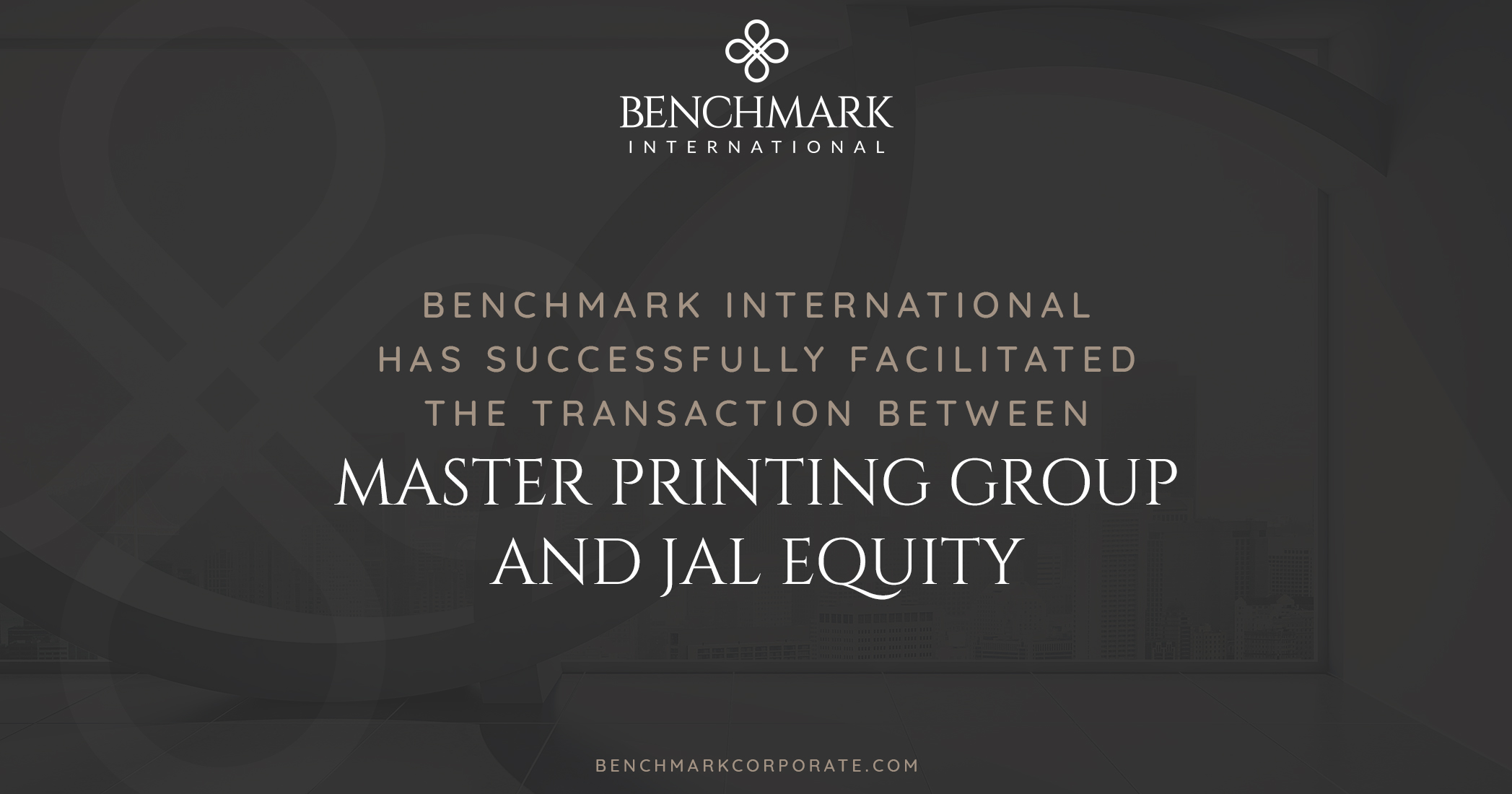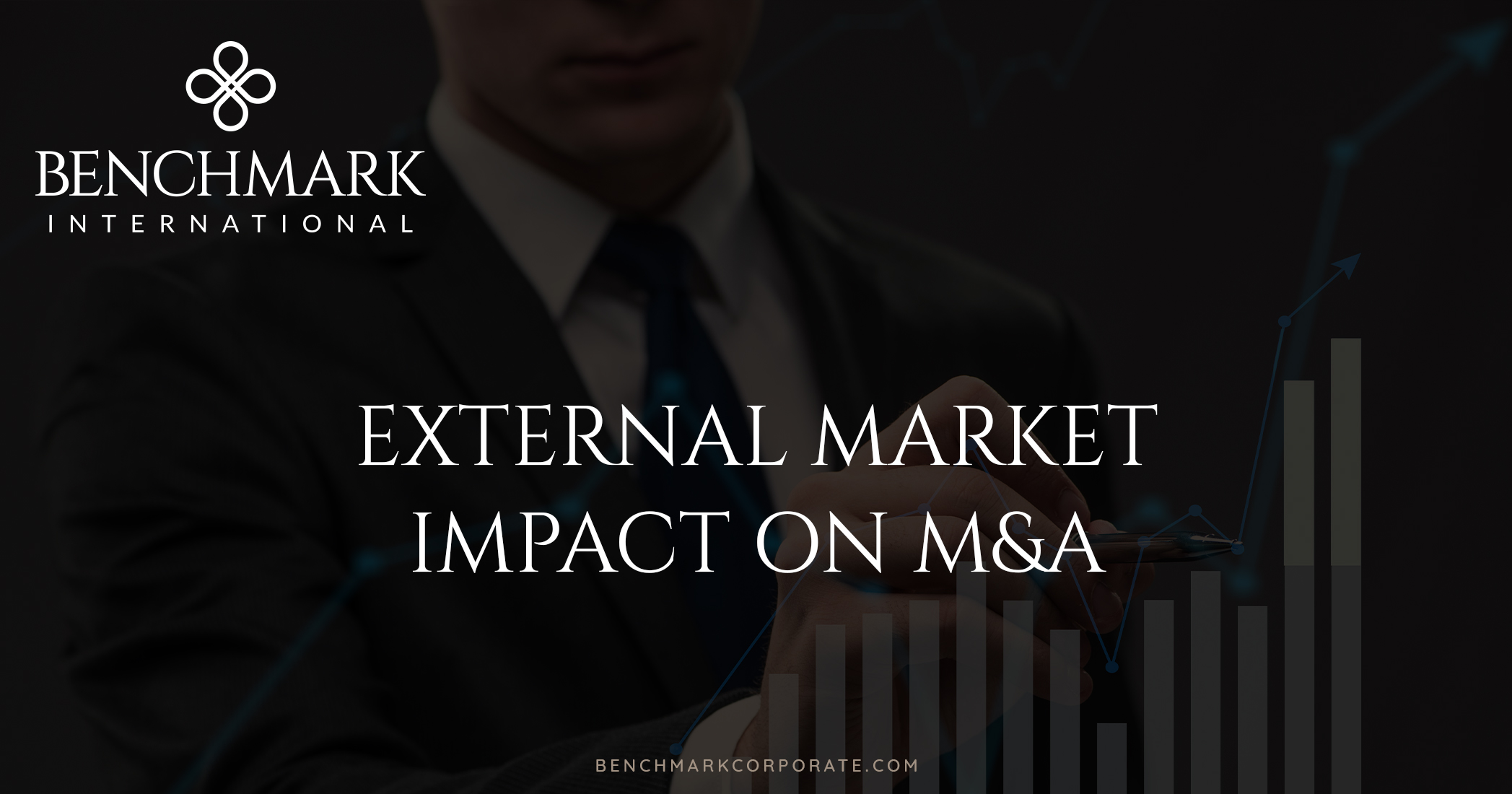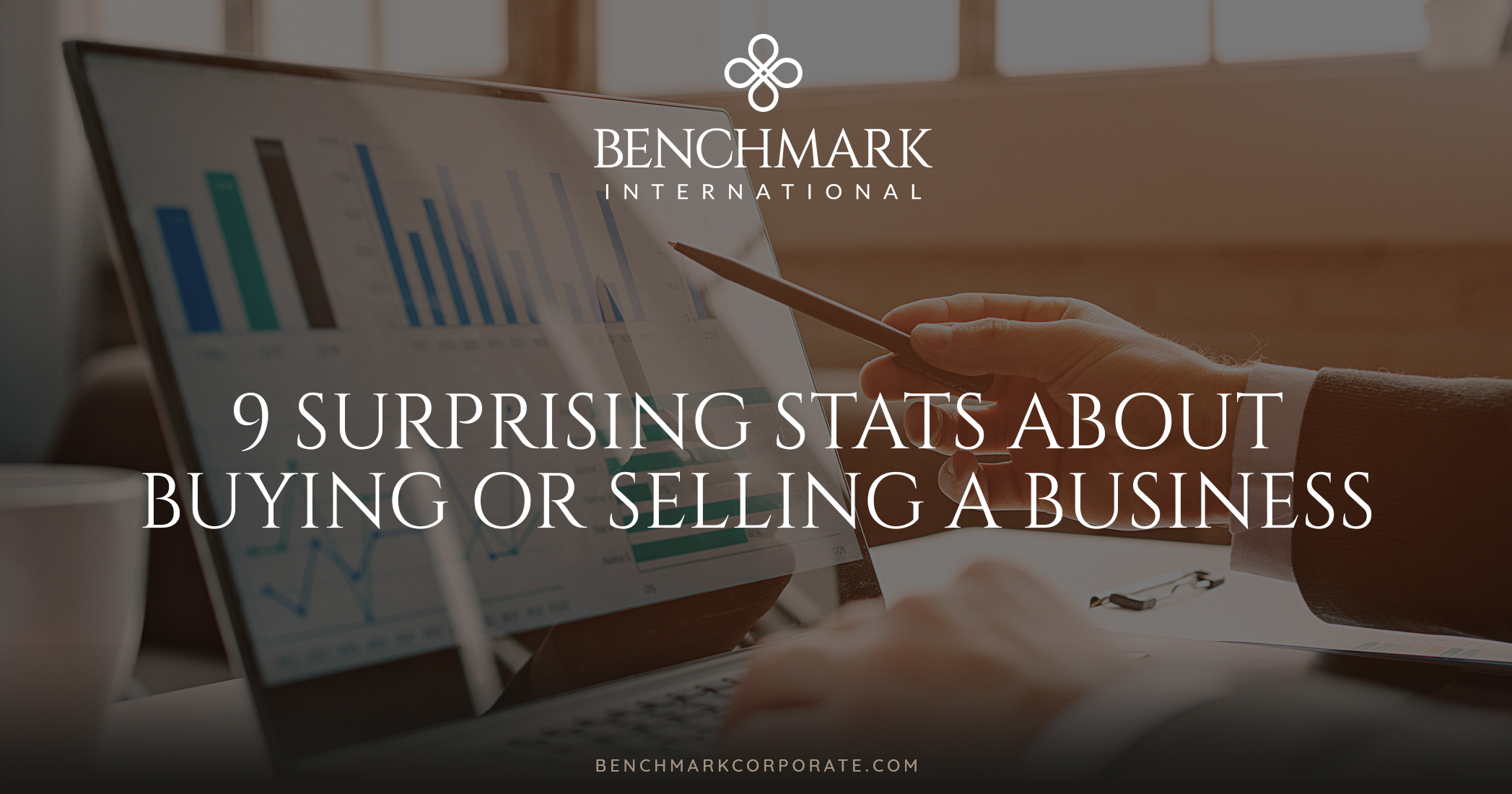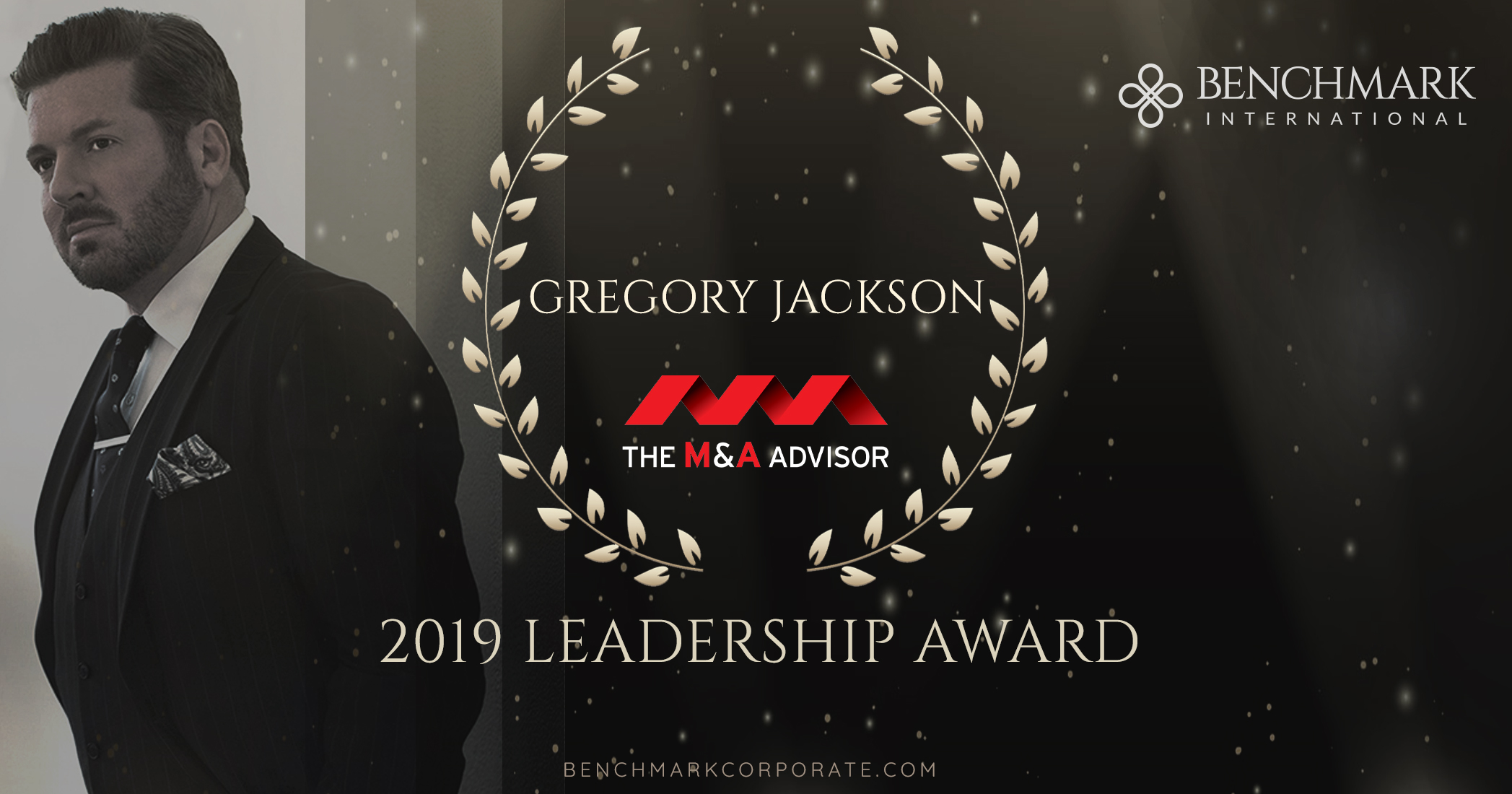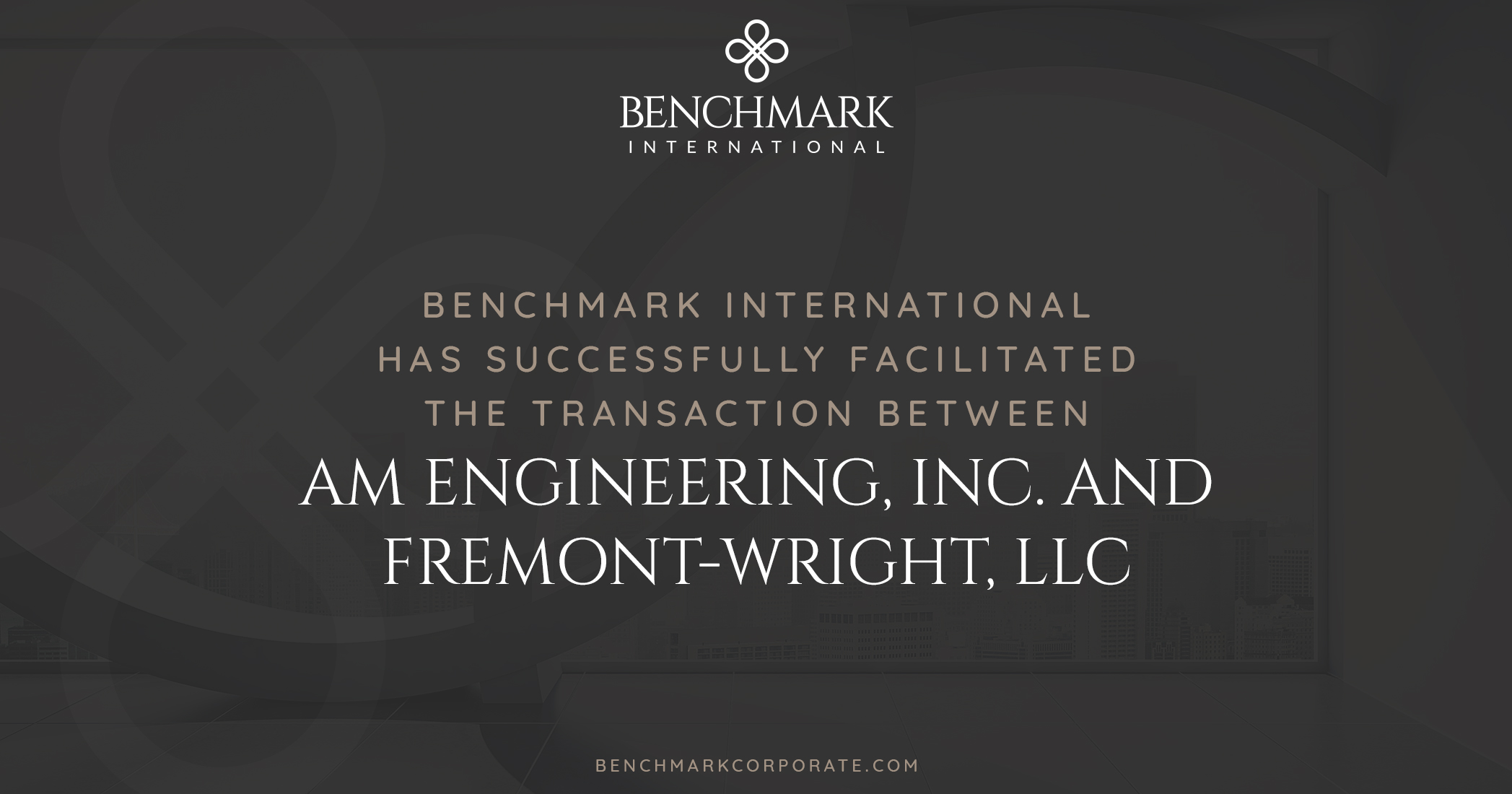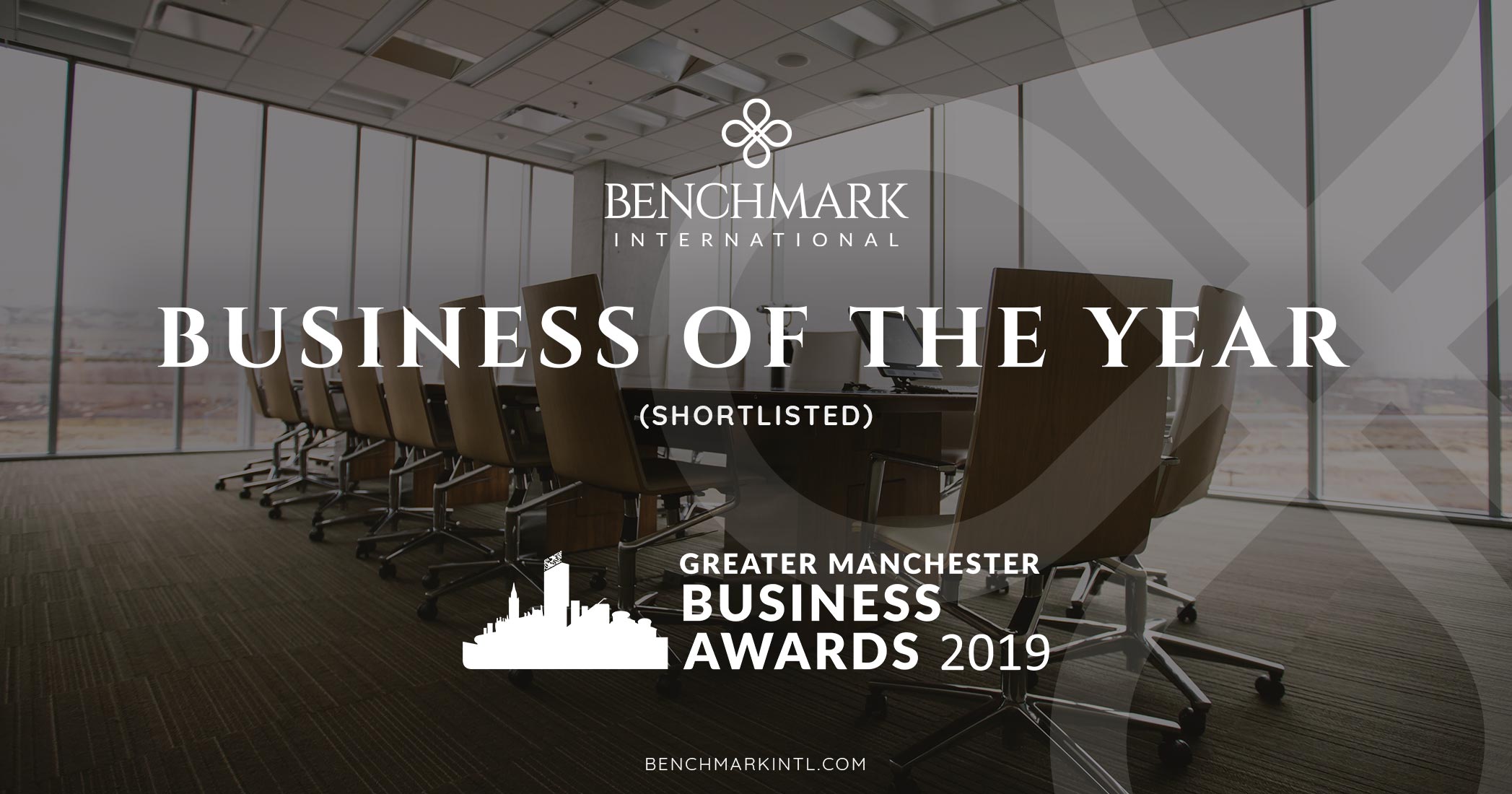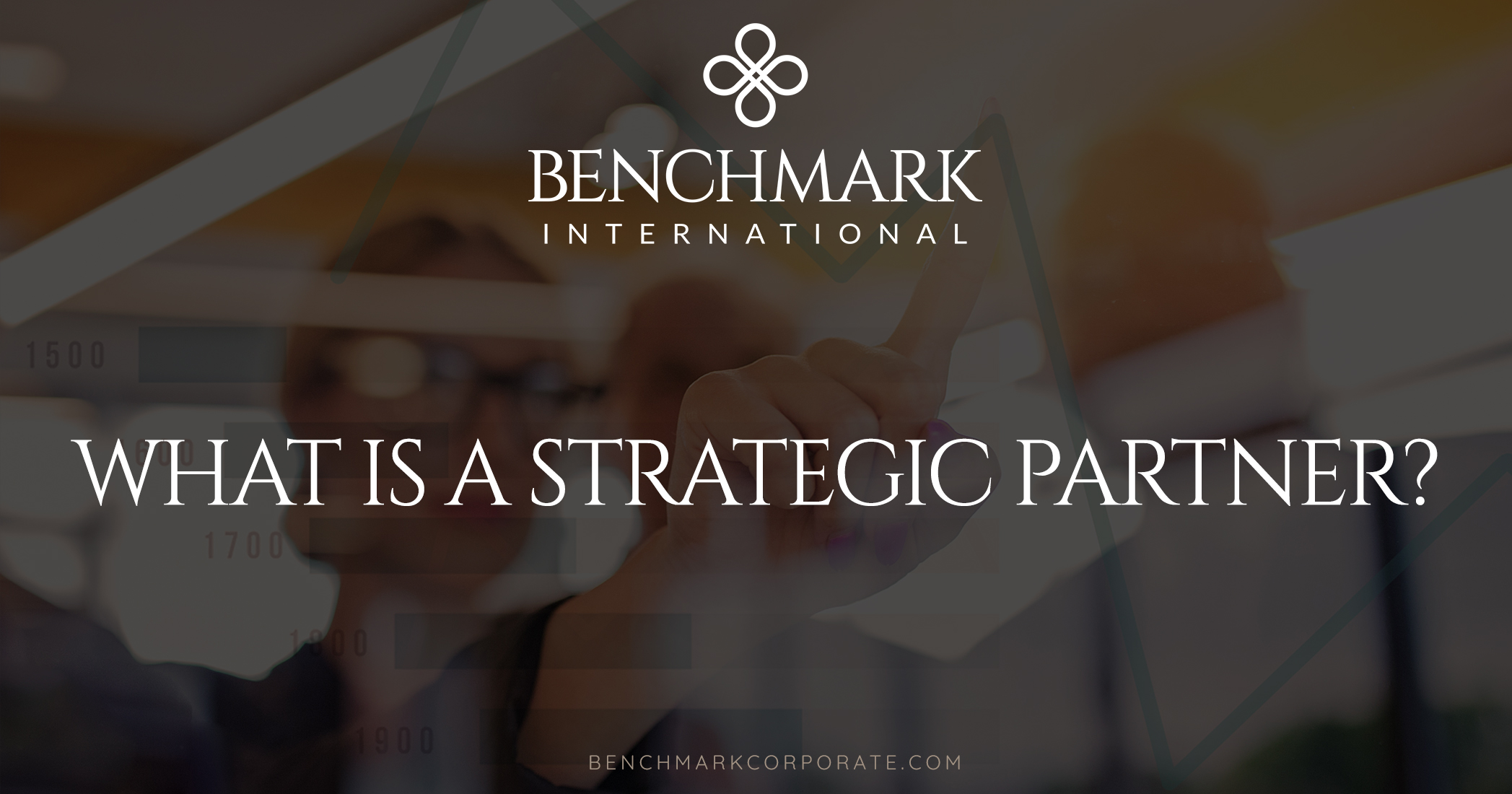The global oil and gas industry is expected to remain relatively stable in 2019, even amid oversupply risks and volatile pricing, as oil demand continues to increase. Oil usage is expected to grow by more than 3.5 million barrels per day.
Key Industry Trends for 2019
- Natural gas remains a major player as a generator of lower-carbon power, especially in North America. Over the next decade, it is expected to surpass coal to become the second-largest source of fuel worldwide.
- China and India are leading the way in overall energy demand growth. India is projected to have the largest additional oil demand and fastest growth through 2040.
- U.S. sanctions on top exporters such as Iran and Venezuela continue to affect the global oil industry, as a retraction in the oil supply leads to inflated global oil prices.
- Improvements in infrastructure are becoming more critical because production and the physical ability to move products directly impacts pricing.
- The oil and gas pipeline market is predicted to grow at more than 6% by 2024.
- Sustainability is becoming a more central issue as renewable energy draws more investment from oil companies, and both consumers and companies wish to mitigate methane emissions.
- The industry is focusing on how digital technologies can improve capital productivity. Robotics, artificial intelligence, blockchain, and data analytics are being implemented to enhance efficiency and production.
- The oilfield services sector will see a 10 to 15 percent increase in earnings, with a positive outlook for offshore oilfield services. There are more than 100 new projects planned for 2019 approvals and $210 billion earmarked for offshore oilfield services worldwide.
- After years of limitations, deepwater exploration and production activity is likely to resurge this year with a spike in investments in deepwater projects.
Increased Drilling Activity
2019 is experiencing increased activity in global oil and gas drilling, led by the United States due to shale production. Outside the United States, global drilling activity is expected to rise by 2.5 percent. Across the world’s eight major oil and gas producing regions, each is predicted to see a higher number of wells drilled.
2019 Forecasted Percentage Increase in Drilling Activity by Region
Africa: 8.7 percent
Saudi Arabia: 5.4 percent
North America: 5.1 percent
Western Europe: 3.9 percent
South Pacific: 3 percent
United Arab Emirates: 2.5 percent
Far East/South Asia: 2.6 percent
South America: 1.7 percent
Eastern Europe/Former Soviet Union: 1.4 percent
Iraq: 1 percent
The most growth in the overall global drilling market will be in offshore oil and gas drilling, with expected growth at around 6 percent. The most active offshore drilling regions are Brazil, Canada, Norway, Angola, Nigeria, Saudi Arabia, Abu Dhabi, China, and India.
Rystad Energy has reported that global deepwater liquid production is set to reach a record high of 10.3 million barrels per day in 2019. This is a result of new fields in Brazil and the Gulf of Mexico. Other leading deepwater producers include Angola, Norway, and Nigeria.
Ready to Move Forward?
Contact us at Benchmark International if you are interested in exploring your options and embarking on the next chapter of your business.
READ MORE >> Benchmark International
Benchmark International  Benchmark International
Benchmark International 







